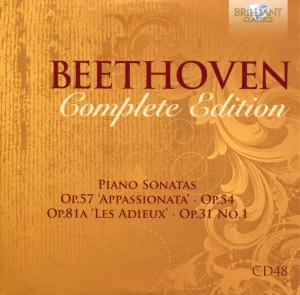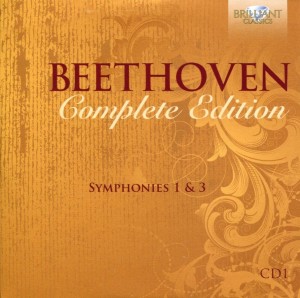 Just when I think it’s not possible for Beethoven’s piano sonatas to get any more majestic, compelling, or mind blowing, along comes today’s CD, and another stunning set of performances by Alfred Brendel.
Just when I think it’s not possible for Beethoven’s piano sonatas to get any more majestic, compelling, or mind blowing, along comes today’s CD, and another stunning set of performances by Alfred Brendel.
Piano Sonata No. 23 in F Minor Op. 57 “Appassionata”
From its entry on Wikipedia:
Ludwig van Beethoven’s Piano Sonata No. 23 in F minor, Op. 57 (colloquially known as the Appassionata, meaning “passionate” in Italian) is among the three famous piano sonatas of his middle period (the others being the Waldstein, Op. 53 and Les Adieux, Op. 81a); it was composed during 1804 and 1805, and perhaps 1806, and was dedicated to Count Franz von Brunswick. The first edition was published in February 1807 in Vienna.
Unlike the early Sonata No. 8, Pathétique, the Appassionata was not named during the composer’s lifetime, but was so labeled in 1838 by the publisher of a four-hand arrangement of the work.
One of his greatest and most technically challenging piano sonatas, the Appassionata was considered by Beethoven to be his most tempestuous piano sonata until the twenty-ninth piano sonata (known as the Hammerklavier), being described as a “brilliantly executed display of emotion and music”.[citation needed] 1803 was the year Beethoven came to grips with the irreversibility of his progressively deteriorating hearing.
Beethoven was Continue reading

